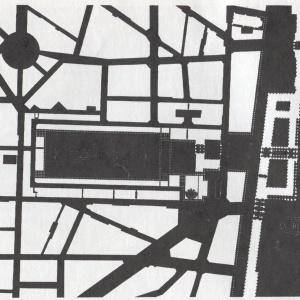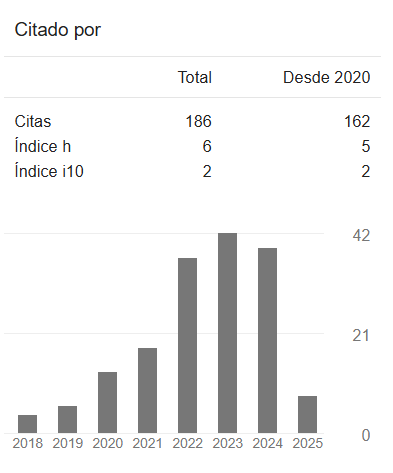In support of history from the drawing board
Colin Rowe and a reflection on the past as project encouragement
DOI:
https://doi.org/10.35305/23626097v4i6.28Keywords:
history, project, theory, diagram, visibilismAbstract
The aim of this paper is to revisit the particular analysis perspectives and techniques developed by Colin Rowe. He was able to construct an alternative relationship between History and Project that, even today, has a powerful pedagogical value which invigorates the role played by the former in the architect professional training. Thus, a possible path for its articulation with Theory and Criticism is pointed out. An anecdote, mentioned by Rowe himself, is used to deal with the context in which he discovered the potential of what we call “history from the drawing board” involving the language, the concerns as well as the sensitivity which are characteristic of design studios. Infused with immediacy and enthusiasm, this kind of approach is far from scholar classificatory trends and Art History cautious filiations. Visual analysis effectiveness -being sometimes conceptualized by means of diagrams- is considered. In addition, the focus on both the building itself and the design decision making underlying its form rather than that on wider contextual information is analyzed along with the recovery of and the reflection on specific disciplinary concepts.
Downloads

Downloads
Published
How to Cite
Issue
Section
License
Open access policy
A&P Continuidad is a non-profit and open access publication. According to Mexico Declaration on Cultural Policies, the journal distribution is submitted to Creative Commons Attribution-Noncommercial-ShareAlike 4.0 International Public License (CC BY-NC-SA). “Neither the commercial use of the original work nor that of the possible derivative works are allowed. The distribution of derivative works should be submitted to the license regulating the original work. This license is not free.”
A&P Continuidad authorizes the partial or full reproduction of texts and graphs provided that the source is cited. Authors are exclusively responsible for the criteria expressed in the articles which do not necessarily reflect the opinion of the Editorial Committee or that of the Direction Board. The copyright of the published articles pertains to their authors or publishers.
Transfer of rights
The acceptance of an article to be published implies the author’s transfer of rights to the journal. Authors continue to have the right to use the material in future books or publications, approve or veto the republication of their works as well as the rights related to patents or other rights. Transfer of rights form may be downloaded here.





























 This OJS site and its metadata are under a
This OJS site and its metadata are under a 

